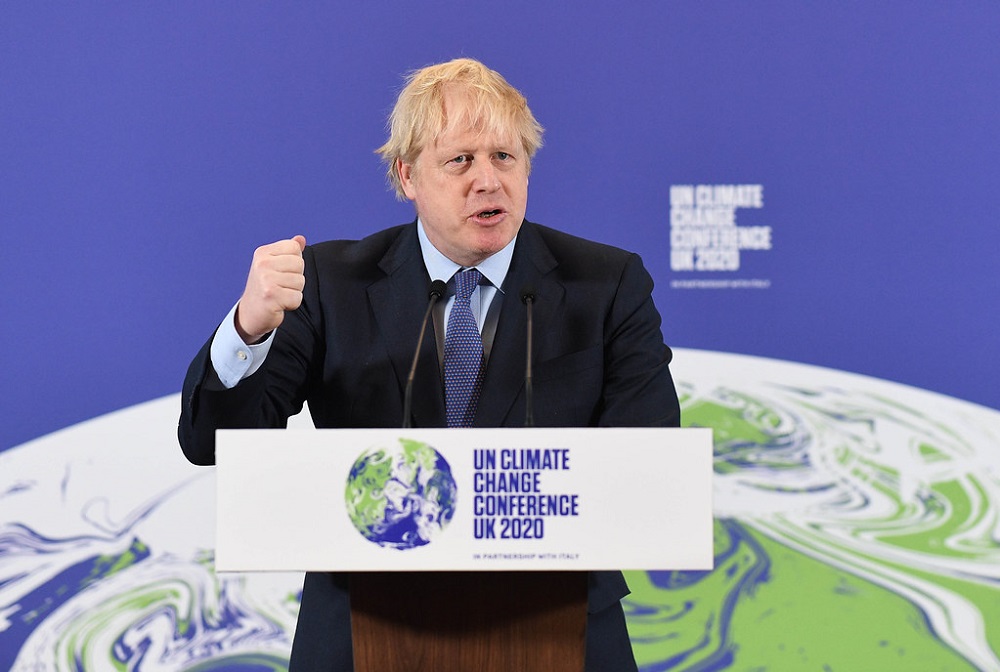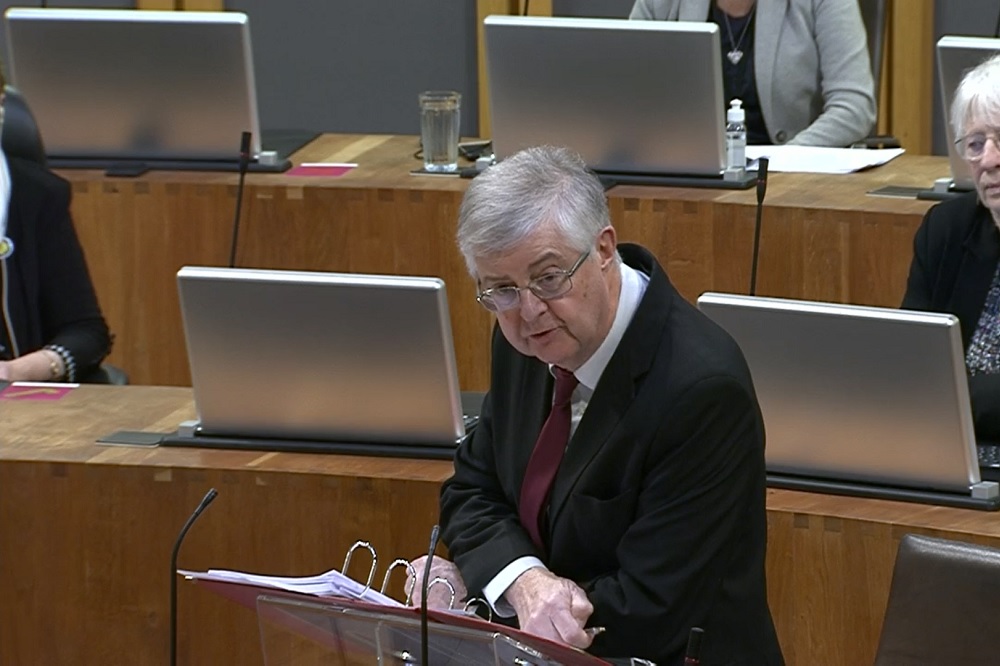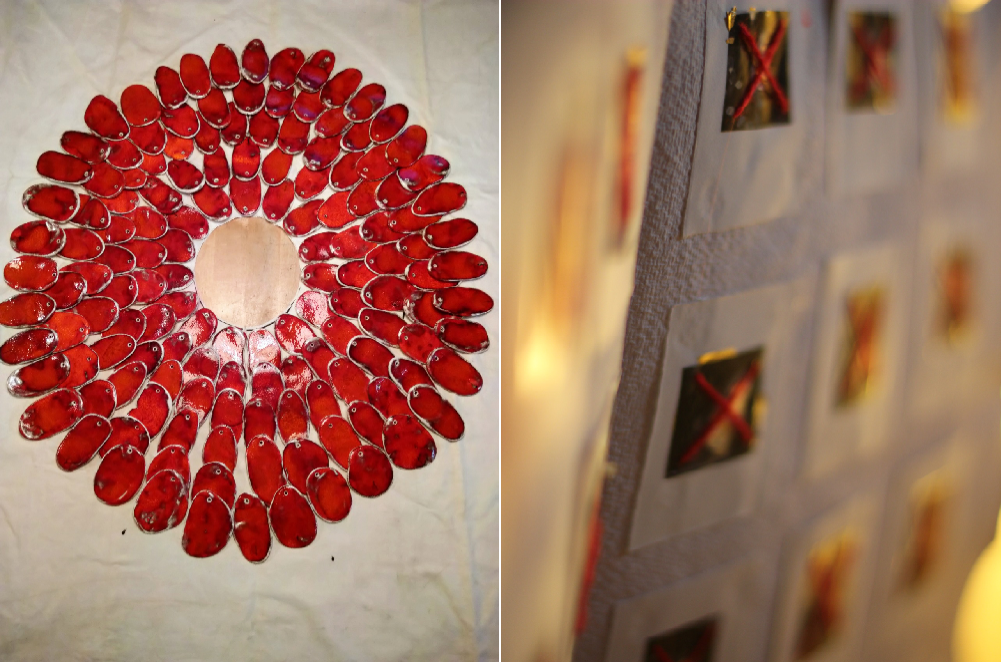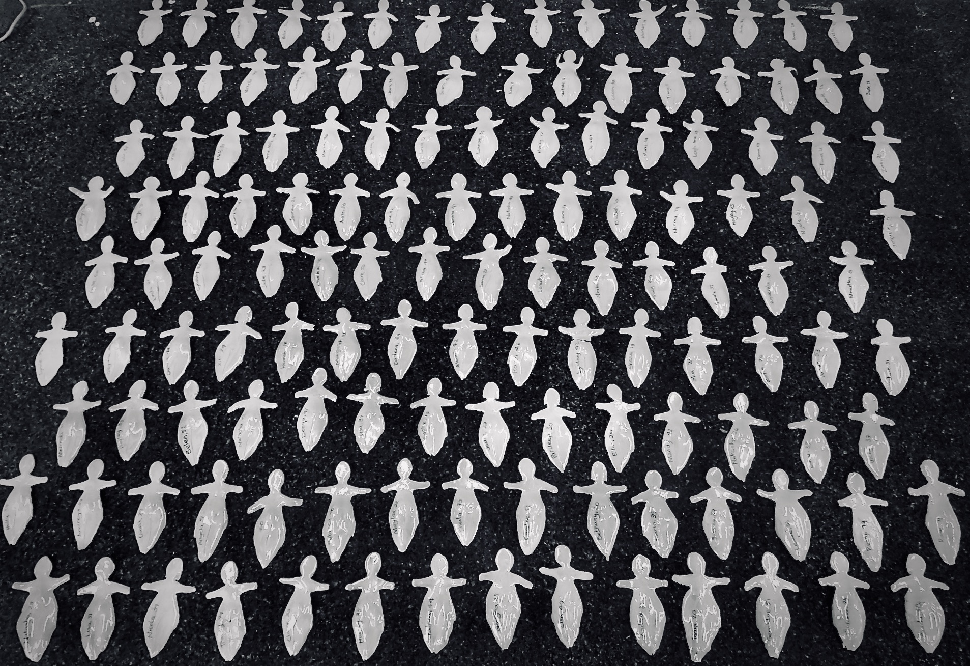MENA3 min read
The New Arab Staff
20 November, 2021
The Palestinian Islamist movement Hamas, which controls the Gaza Strip, has called Britain’s plan to designate it as a terrorist group “supporting the aggressor at the expense of the victim”

Hamas and other Palestinian factions condemned Priti Patel's 'terrorism' designation [Getty]
The Palestinian Islamist group Hamas has responded to British Home Secretary Priti Patel's plans to designate it as a "terrorist group", saying that Britain was "supporting the aggressor at the expense of the victim".
The Ramallah-based Palestinian Authority led by President Mahmoud Abbas also condemned the move.
"Instead of apologising for and correcting its historic injustices against the Palestinian people, both in the disastrous Balfour Declaration and the Palestine Mandate… Britain is supporting the aggressor at the expense of the victim," a statement from Hamas said.
The 1917 Balfour Declaration, issued by then British Foreign Secretary Arthur Balfour, promised Jews a "national home" in Palestine. Israel was later established in 1948 after Zionist militias expelled hundreds of thousands of Palestinians from their homes.
Britain currently designates Hamas's military wing, the Izzedin Al-Qassam Brigades, as a terrorist organisation, but has not yet banned the movement’s political wing.
Under Patel's plans, Hamas' political wing will also be considered a terrorist organisation.
Parliament is set to vote on the proposals next week, with the legislation possibly taking effect from next Friday.
Any display of support for Hamas, including arranging to meet its members, flying its flag or wearing clothing displaying its slogans could be punishable by a sentence of up to 14 years in prison.
Patel has justified her decision by calling Hamas a "rabidly anti-Semitic" organisation, although Hamas has denied accusations of anti-Semitism in the past.
"Britain must stop adopting the Zionist narrative and betting on the Zionist project, and instead make up for its past injustices against the Palestinian people in the Balfour Declaration, by supporting their struggle for freedom, independence, and return [to their land]," the Hamas statement said, adding that it was Israel’s actions which amounted to "terrorism".
“Occupation is terrorism, killing the original inhabitants [of Palestine], forcibly displacing them, destroying their houses, and detaining them is terrorism. Besieging two million Palestinians, most of them children, in Gaza for over 15 years is terrorism."
Palestinian Authority, Iranian condemnation
On Saturday, the Palestinian Authority, which is led by Hamas's rival Palestinian movement Fatah, also condemned the UK move.
The planned designation is "an unjustified attack on the Palestinian people, who are subjected to the most heinous forms of occupation, and historical injustice established by the Balfour Declaration", a statement from the PA's foreign ministry said.
It added that the move puts "obstacles in the way of achieving peace, and obstacles in the way of ongoing efforts to consolidate the truce and rebuild the Gaza Strip", saying that Britain had "acquiesced to Israeli pressure".
The PA statement said that Israeli Prime Minister Naftali Bennett had asked his UK counterpart Boris Johnson to designate the entirety of Hamas as a terrorist group on the sidelines of the recent COP 26 climate summit in Glasgow.
Bennett has welcomed the British move against Hamas, calling the movement "a radical Islamic group that targets innocent Israelis and seeks Israel's destruction" on Twitter.
Iran late on Friday also denounced the UK plans.
Iranian Foreign Minister Hussein Amir-Abdollahian tweeted: "We condemn the UK's decision to declare the popular resistance movement of HAMAS a terrorist organization. Rights of Palestinians cannot be trampled on by distorting facts."












